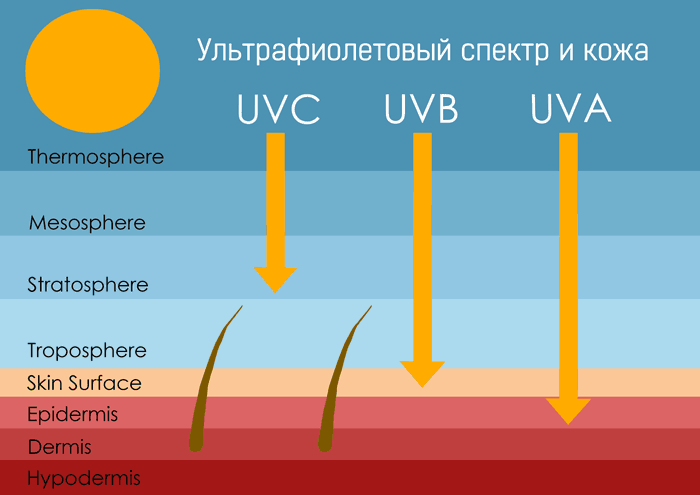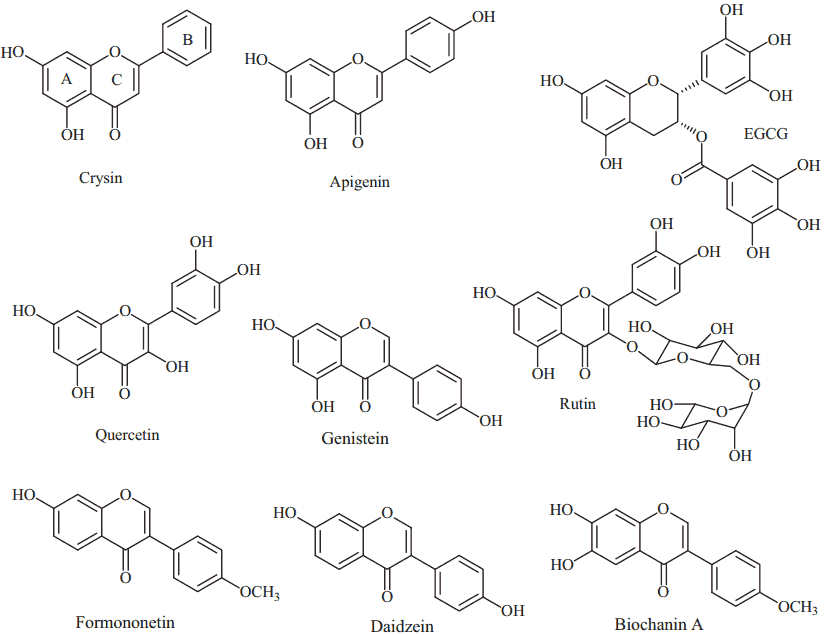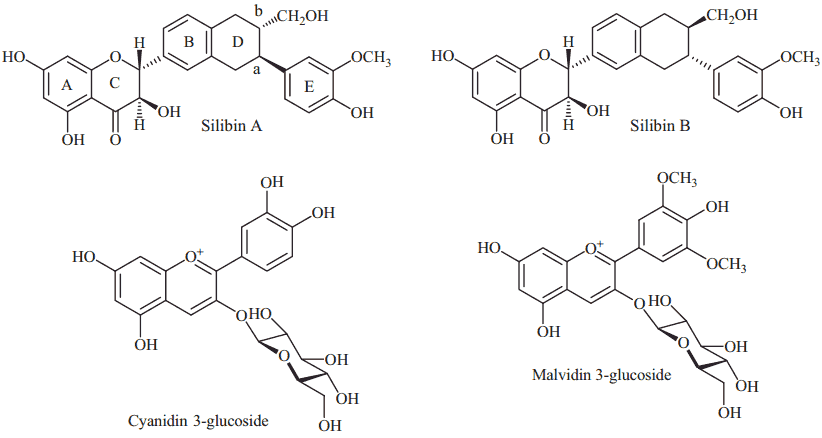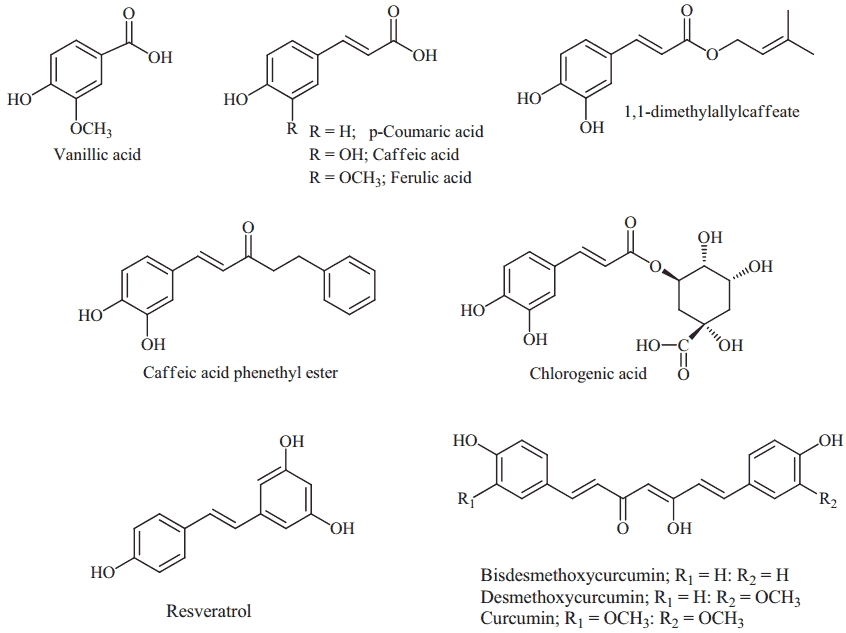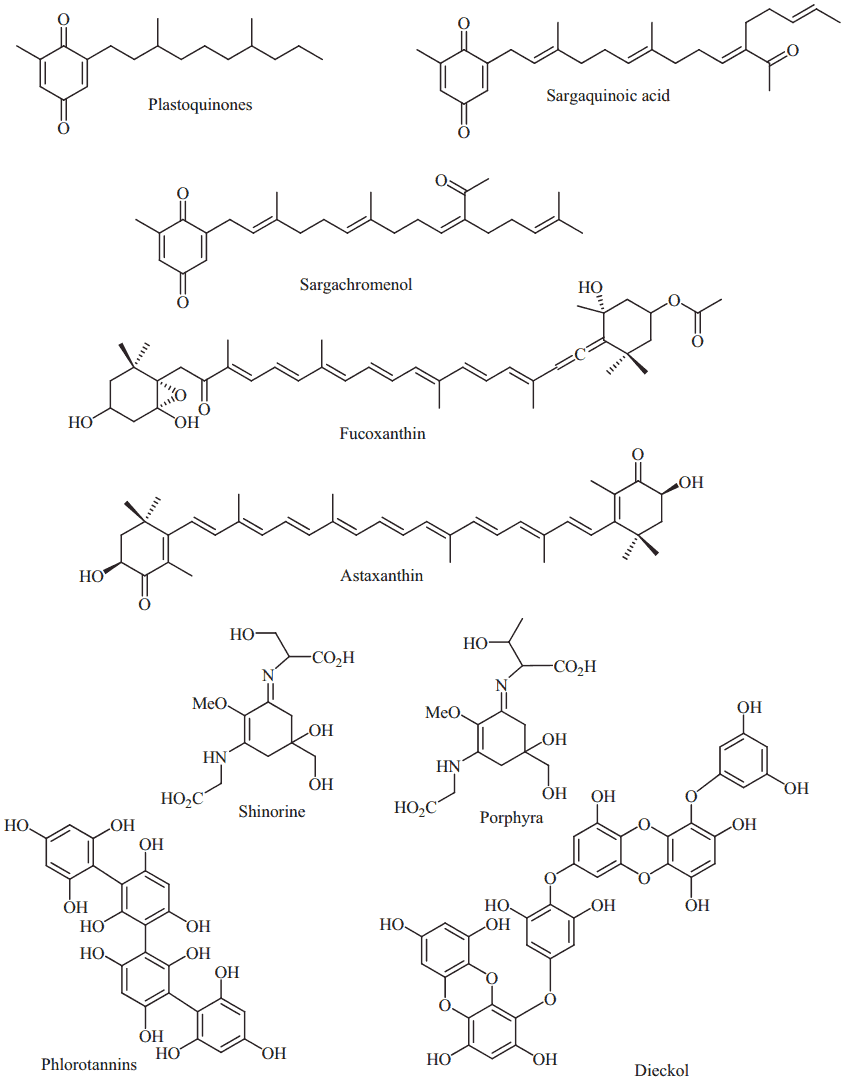Sunscreen: composition, safety, research and proper use
As always, the banal choice of sunscreen smoothly flowed into the study of PubMed and Cochrane. Since I have not found a satisfactory analysis of the evidence base for these means on the Internet, I am sharing my findings and literature. So, what should be present in the right sun cream and is there any benefit from it - based on the latest research.
About the benefits of sunscreen
To date, there is no clear scientific consensus regarding the usefulness of products with UV filters (Sansscreens). And the point is not at all in the controversial composition. The main problem is the misuse and neglect of other protective measures. I will return to this below.
Research shows that people tend to spend longer in direct sunlight and neglect to wear hats and clothing to cover the most vulnerable parts of their skin if they use sunscreen (6).
The results of population studies of Sanskrins are often contradictory, but [tooltip tip=“Randomized, placebo-controlled, double-blind studies are currently the best tool for evidence-based medicine.”]RCTs[/tooltip] with large samples and long-term epidemiological studies show moderate preventive influence on various types of skin cancer and cellular aging (7).
 An example of correct and informative product labeling. The packaging shows all protection options, including an active filter.
An example of correct and informative product labeling. The packaging shows all protection options, including an active filter.
It is worth mentioning that truly effective sunscreens with a wide spectrum of reflection have appeared in the last 10 years, and reflective nanoparticles are no more than 5 years old. So observations and testing of new active ingredients continue.
Harm and toxicity of sunscreen
A small spectrum of protection and non-compliance with the declared spf factor are the most discussed problems of sunscreens. Developments in the last decade have greatly expanded the reflective range of UV filters, although there is still no effective reflector for “far ultraviolet” UVC. SPF is finally standardized in the EU - manufacturers are forced to follow MoS and NOAEL standards, otherwise the product simply will not reach the market.
Vitamin D synthesis
The second problem is the hypothesis that the reflection of ultraviolet radiation interferes with the formation of vitamin D, a fat-soluble steroid hormone, the main source of synthesis of which is sunlight with a wavelength of 300 ± 5 nm (8). A slight decrease in vitamin D levels can indeed occur in dark-skinned people who strictly follow the rules for using the cream (2 mg per cm2) and carefully avoid direct sunlight. All the details of the connection between sunscreens and vitamin D are in the review of the clinical journal Photodermatology, Photoimmunology & Photomedicine: Photoprotection and vitamin D: a review (8).
Effect on hormones
There is a reasonable concern that sunscreens affect the endocrine system (shown in some laboratory animals, particularly frogs), as some of the organic ingredients penetrate into the blood (fat-soluble filters), but tests on humans have not shown this. Insoluble reflective particles, such as titanium dioxide and zinc oxide, do not pass beyond the stratum corneum and therefore do not pose a potential danger.
The main danger of sunscreens, like any cosmetic or medicinal product, is individual sensitivity to the components, from which no product is immune.
The safety of new ingredients has become extremely difficult and expensive to prove after the ban on toxicity testing of cosmetics on animals. Not every company can pay for experiments on cell cultures, and the results of such studies are questionable.
SPF, UVA, UVB and manipulations with them
Sun Protection Factor (SPF) is a popular marketing tool that recently received government regulation. Until 2010, manufacturers reached a “stratospheric” 100+ (Neutrogena), but an FDA order stopped this number game.
The usefulness and adequacy of measuring this indicator is still disputed, since depending on laboratory conditions, the results of clinical studies vary by up to 50%. Various types of testing and evaluation of sun protection factors, the mathematical calculation of the coefficient are described in detail in the British Journal of Dermatology, article “Sun protection factors: world wide confusion”.
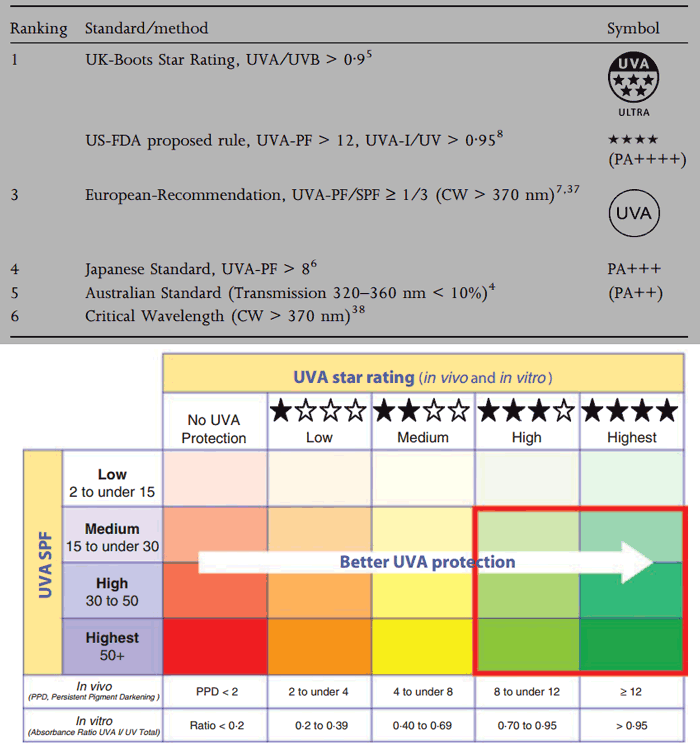 UVA and SPF standards in force since 2007
UVA and SPF standards in force since 2007
The sun protection factor (SPF) shows how much radiation will reach the skin through a layer of protective cream when exposed to the sun’s rays. For example, with a maximum SPF of 50+, the proportion of absorbed waves is 1/50 with a cream dosage of 2 mg/cm2.
You can roughly determine how long Sunscreen will last by multiplying its factor by the time it usually takes you to get sunburned. For white-skinned people this is 10-15 minutes at noon, multiply the factor 15 by 10 minutes and get 2.5 hours before the burn. Don’t forget that you need to apply the cream every two hours, no matter what SPF is written on its jar.
 Labelling of products with UVA protection
Labelling of products with UVA protection
The mathematical calculation of the UV protection factor is described in detail in the British Journal of Dermatology, article Sun protection factors: world wide confusion.
 European Commission recommendations for UV protection categories
European Commission recommendations for UV protection categories
UVA rays contribute little to sunburn, but they are responsible for hyperpigmentation, skin aging, and DNA breakdown. Until recently, there were no effective UVA filters, but even now the protection against these waves is weak (partially reflecting titanium dioxide, zinc oxide and Avobenzone Parsol 1789). The cream must bear the UVA logo, indicating that the product complies with EU regulations. UVA-PF should be greater than 1/3 of SPF.
The myth of water resistance
The water resistance of a sunscreen can be declared if more than 50% of the filters are retained after ten minutes of swimming (COLIPA EU). In the USA and Australia it is much stricter - 100% of filters must be preserved, which is practically unattainable, the maximum recorded is 87%.
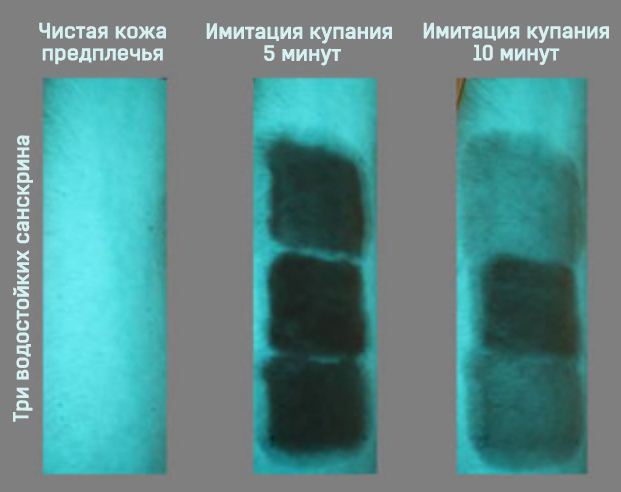 Laboratory testing of the water resistance of three sunscreens
Laboratory testing of the water resistance of three sunscreens
Water resistance is primarily achieved by comedogenic emulsions of acrylate polymers, which leave a non-breathable whitish film on the skin. Studies and tests of water resistance are described in the International Journal of Cosmetic Science, A new approach for evaluating the water resistance of sunscreens on consumers: tap water vs. salt water vs. chlorine water (2014).(1)
After each entry into the water and sweating profusely, some of the reflective particles are inevitably washed off and it is necessary to apply a fresh layer of the product, no matter what is written on the jar.
Composition analysis
Absorbing and reflecting active molecules are divided into organic and inorganic. Inorganic, physical, and mineral sunscreens reflect and scatter radiation, while organic sunscreens absorb and dissipate energy in the form of heat or light.
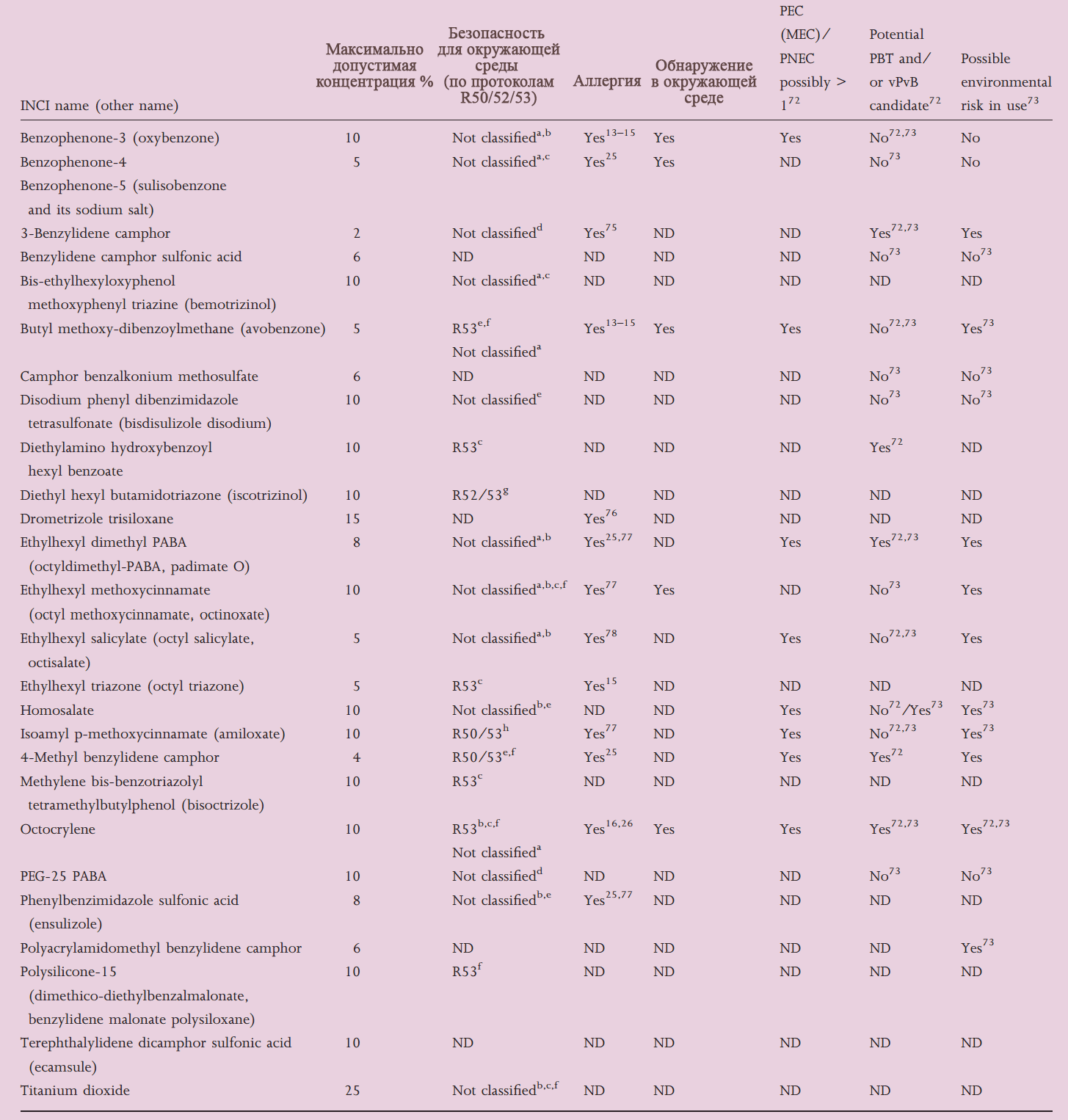 All UV filters certified in developed countries
All UV filters certified in developed countries
Explanation for the table: R50, 53 or R53 - classification of substances hazardous to the environment. PEC is the predicted environmental impact concentration, and PNEC is the predicted No Effect concentration. Where a ratio greater than 1 suggests potential risk. MEC is the measured exposure concentration.PBT⁄vPvB denotes the environmental risks caused by the substances, where P means persistence in relation to environmental half-life collected in aquatic conditions, B means bioaccumulation based on measured bioconcentration data in the aquatic environment. T means toxic, ND no reliable data available.
Organic filters
Typically, these are aromatic compounds that are invisible on the skin once applied, allowing the molecule to absorb UV rays and emit lower energy waves. Oxybenzone, sulisobenzone, octylmethoxycinnamate are examples of natural effective scavengers, but have limited use as they cause allergic reactions and can penetrate the skin barrier (3). Some natural UV filters reduce inflammation and oxidative stress.
The most common organic sunscreens (including UVA blockers):
- Polyphenols, amino acids, flavonoids, etc.: PABA ( p -aminobenzoic acid) octocrylene salicylates cinnamates benzophenone-3 (BZ-3; oxybenzone) Parsol 1789®, Eusolex 9020®), drometrizole trisiloxane (e.g. Mexoryl XL® ) terephthalidene dicamphor sulfonic acid (e.g. Mexoryl SX®) methylene bis-benzotriazolyl tetramethylbutylphenol (Tinosorb M®).
- Propolis. The photoprotective effect has been proven for Brazilian green propolis. Its SPF is 10 if the drug contains 40% aqueous-alcoholic propolis solution. Propolis from different countries contains an individual composition of active antioxidants and filters. Italian, Romanian and Brazilian extracts are prized.
- Soy. Isoflavones in soybean oil prevent apoptosis of human keratinocytes, promote the production of a special protective antigen for UVB rays, reduce sun allergy (erythema) and skin dehydration.
- Capers. Caper flower extract contains several active acids that prevent erythema and well moisturize the skin: kaempferol, caffeic, ferulic, coumaric and cinnamic acids.
- Almonds significantly reduce oxidative stress from ultraviolet radiation due to polyphenolic compounds, especially flavonoids and phenolic acids.
- Spathodea (Spathodea campanulata). The flowers of this tree have effective flavonoids that absorb ultraviolet radiation (200-325 nm).
- Milk thistle and silymarin in its composition protect skin cells and prevent radiation from suppressing the immune system.
- Tea leaves contain catechins - polyphenolic compounds that remove free radicals and protect DNA from damage.
- Grape polyphenols from seeds, especially catechin, epicatechin and oligomeric proanthocyanidins, have particularly powerful antioxidant, anti-inflammatory and antiproliferative activities. Grape seed extract in sunscreen relieves swelling and prevents peroxidation in the skin.
- Pomegranate anthocyanins protect keratinocytes from the adverse effects of UVA and UVB radiation, which has been repeatedly demonstrated in laboratory studies.
- Italian blood oranges are a source of special anthocyanins, such as cyanidin-3-glucoside icyanidin-3-(6-malonyl)-glucoside, which are responsible for their bright red color. Protects against photo-oxidative damage to the skin.
- Blueberries, blueberries, blueberries prevent the destruction of collagen and increase cell viability as a result of UVA irradiation. The photoprotective properties of these berries have been proven on human dermal fibroblasts.
- Ginseng, English ivy, broccoli, coffee, basil, several types of algae and lichens.
All natural sources of UV filters and their “chemistry” are described in the fundamental review Journal of Cosmetic Dermatology: Natural products as photoprotection (2014).
Inorganic and mineral UV filters
The most effective and safe inorganic agents are zinc oxide (ZnO), titanium oxide (TiO2), silicates and iron oxide. Their disadvantage is a white pigment residue on the skin after use. In recent years, micronized particles have been used in the product, creating fewer cosmetic problems. Zinc currently cannot be used in any form in cosmetics in the EU (interestingly, the Committee is not particularly concerned about dietary supplements with zinc oxide), but the FDA has no complaints about it (7).
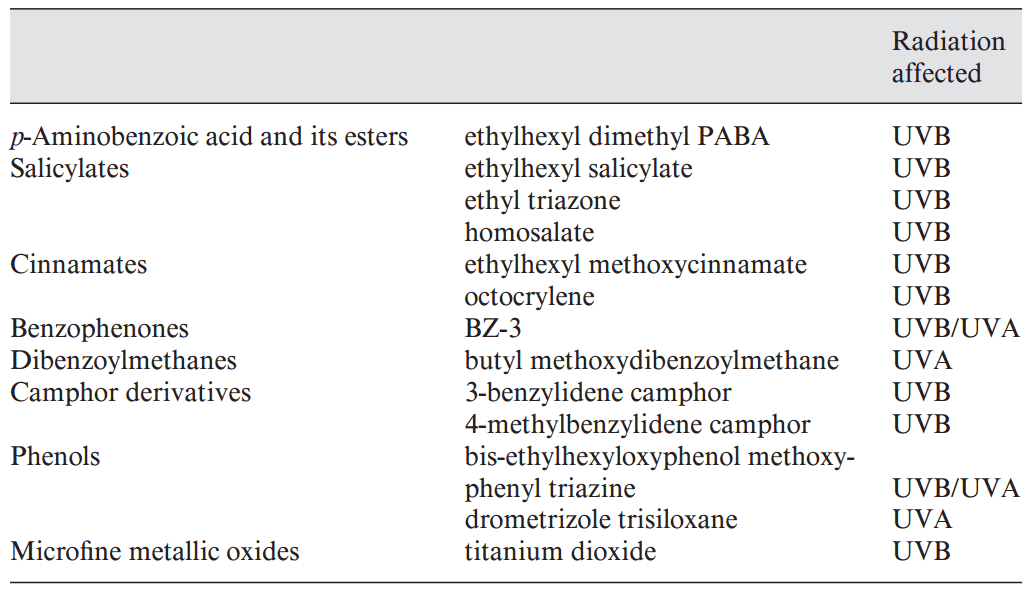 UF filters recommended by the European Commission
UF filters recommended by the European Commission
One of the latest developments is nanoparticles, “packed” in sol-gel-glass microcapsules made of silicon dioxide, which absorb a wide range of UV radiation. Advantages over predecessors: more effective protection, photostability and hypoallergenicity. Nanofilters do not react with other ingredients of the cream, which reduces the need for stabilizers.
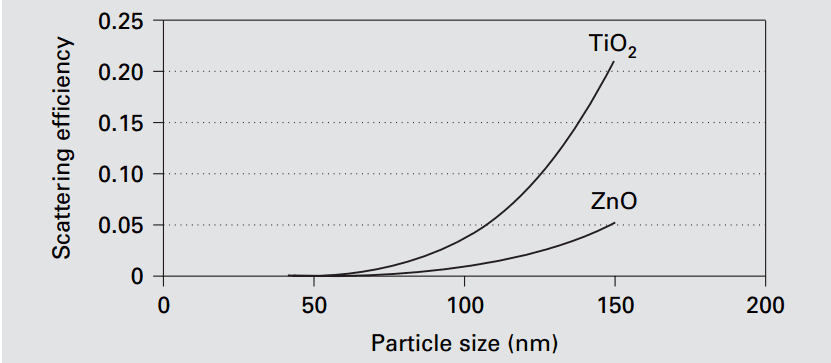 Visible light scattering efficiency of titanium dioxide and zinc oxide.
Visible light scattering efficiency of titanium dioxide and zinc oxide.
The white coating from physical particles is due to their high efficiency in scattering visible light. Microfine TiO2 is more effective than ZnO depending on particle size.
Five factors for good UV protection
- Sanskrin should contain a maximum of various filters, both organic and mineral.
- The jar must have the UVA logo - this is a guarantee that the cream contains particles that reflect the rays of aging.
- Proper use of the product is more important than its SPF factor: apply Sanskrin generously, standard 2 mg/cm2; 15-20 minutes before departure. Renew after every swim and heavy sweating, every 2 hours in any case.
- Watch the expiration date! Organic filters lose their effectiveness significantly towards the end of their shelf life.
- Don’t rely only on sunscreen.
Several “solar” myths
- “The more expensive the product, the better the protection”. This is wrong. Selection criterion: UVA 4-5 stars, SPF from 30, the presence of both mineral and organic filters.
- “I’m already tanned, I don’t need additional protection”. Needed. Tanning is actually a biological and physical signal of damaged skin. Therefore, it is especially dangerous to visit a solarium to prevent skin cancer - the risk of melanoma increases by 75% if you regularly visit a solarium before the age of 30.
- “High SPF contains harmful chemicals”. None of the Sanskrins in the cream carries a toxic risk. But there is always a risk of an allergic reaction to anything.
- “It is impossible to burn in cloudy weather”. 70-80% of UV rays pass through clouds.
- “Sunscreen protects 100%.” No, that’s not true. No stronger than 87%, taking into account the fact that the product loses part of its protective agents every minute.
In conclusion, I would like to mention the various so-called. “twin” studies, which analyze the health and lifestyle of twins with different lifestyles. Sunbathing lovers look much worse than their twins who avoid ultraviolet radiation. This is the most visual and impressive way of research.
 Twins, one of whom loves sunbathing and lives in Florida, does not use protective equipment.
Twins, one of whom loves sunbathing and lives in Florida, does not use protective equipment.
Sources and literature
I downloaded and saved all the reviews and articles that are cited from this article Google Drive . In the same folder there are translations of these articles, but without bibliography and illustrations. I always recommend looking at the original source, as I may miss important details and details.
